Where biodiversity is resistant to environmental decay.
Last week, as part of a project we have in the works, we carried out an inspection in the eastern suburbs of the city of Naples.
For years we have been interested in urban fauna and if this interest often leads us to visit beautiful parks and gardens, however, the times when we have to explore less pleasant areas are not rare.
Trees and concrete,
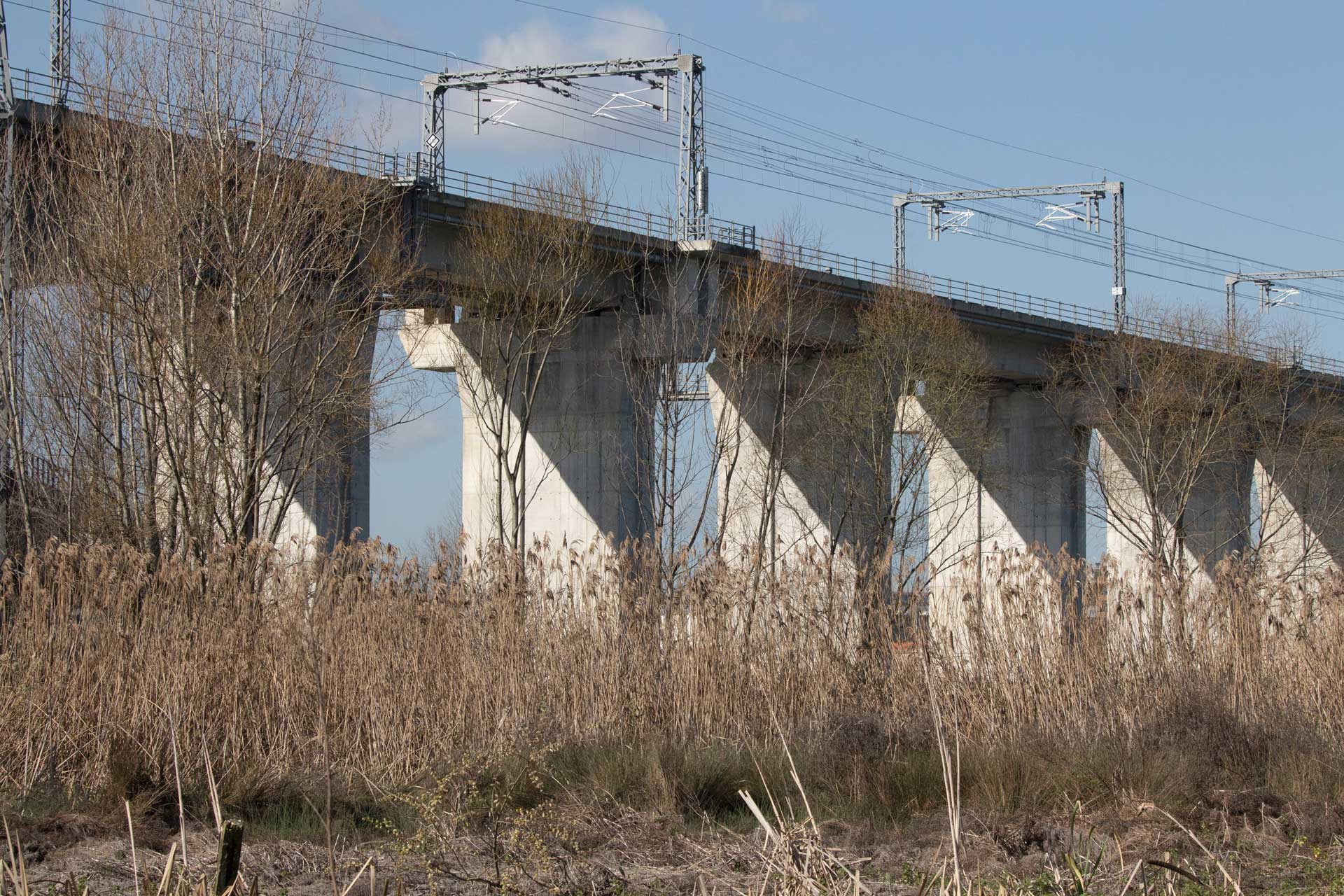
Some portions of the city’s eastern outskirts are often associated with profound environmental decay, inside them despite the heaps of waste of all kinds, the open sewers, unauthorized buildings and infrastructures, which have occupied inordinately the area, numerous species of plants and animals thrive.
Poppy.
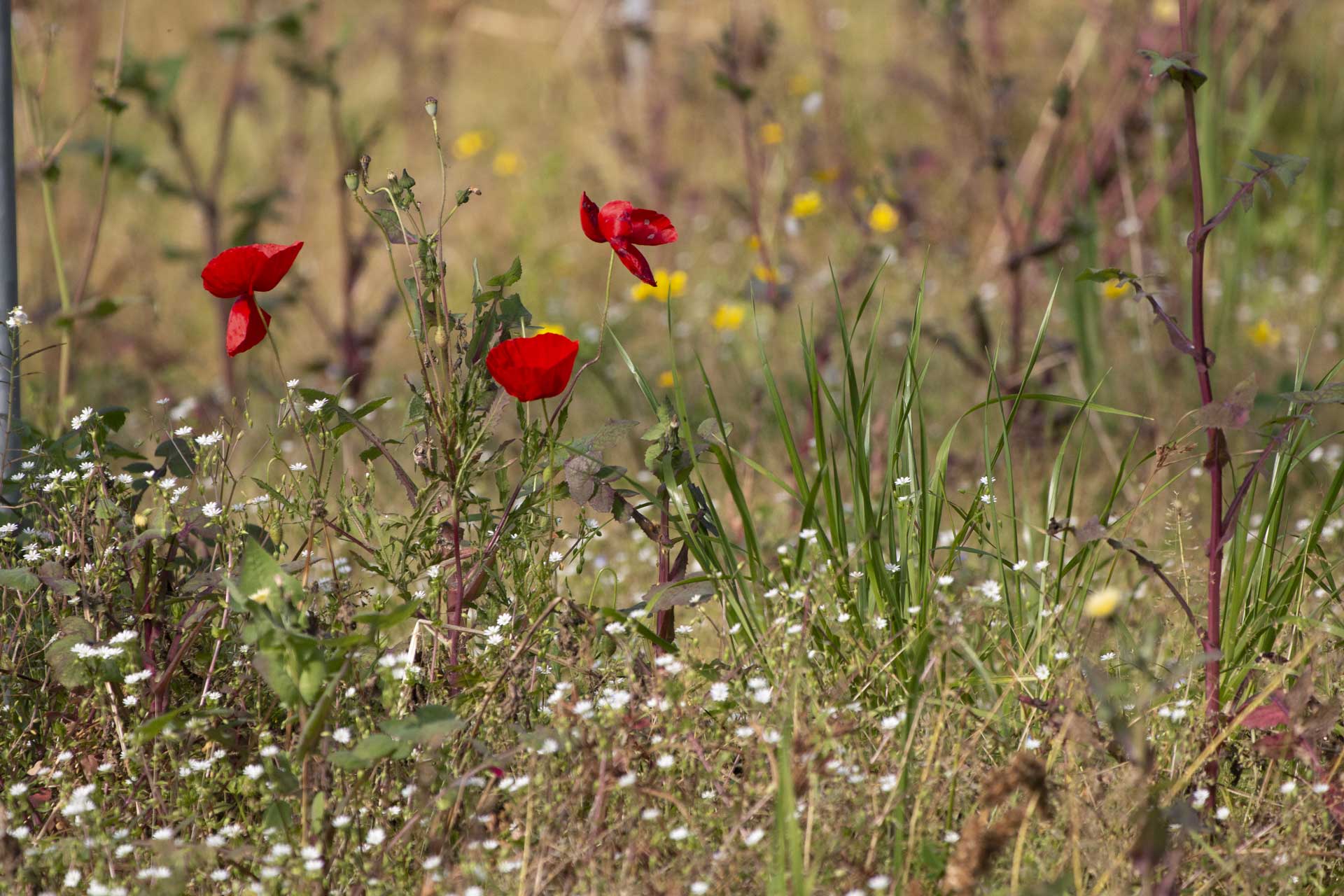
Eurasian Tree Sparrow.
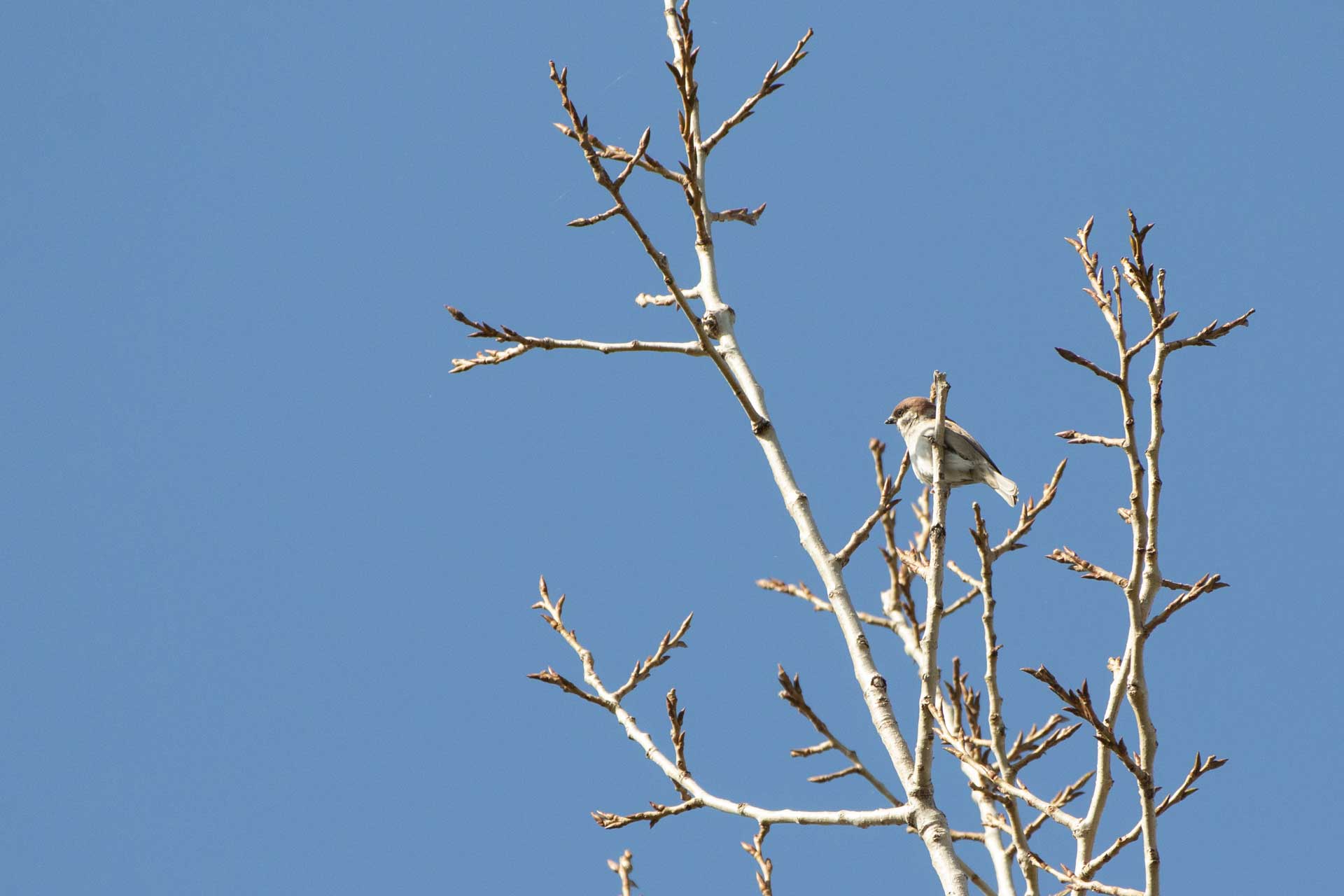
We had already talked about the importance of residual green areas in our past article, in that case taking as an example the area between Vomero and the Quartieri Spagnoli.
In East Naples, during our very short excursion, we managed to observe about 20 species of birds – some more common in an urban environment, others less (see the Stonechat) – while the Green Pond Frogs (Pelophylax ssp.) accompanied us along the way with their song and the Italian Wall Lizards chased each other between our feet.
Common Buzzard.
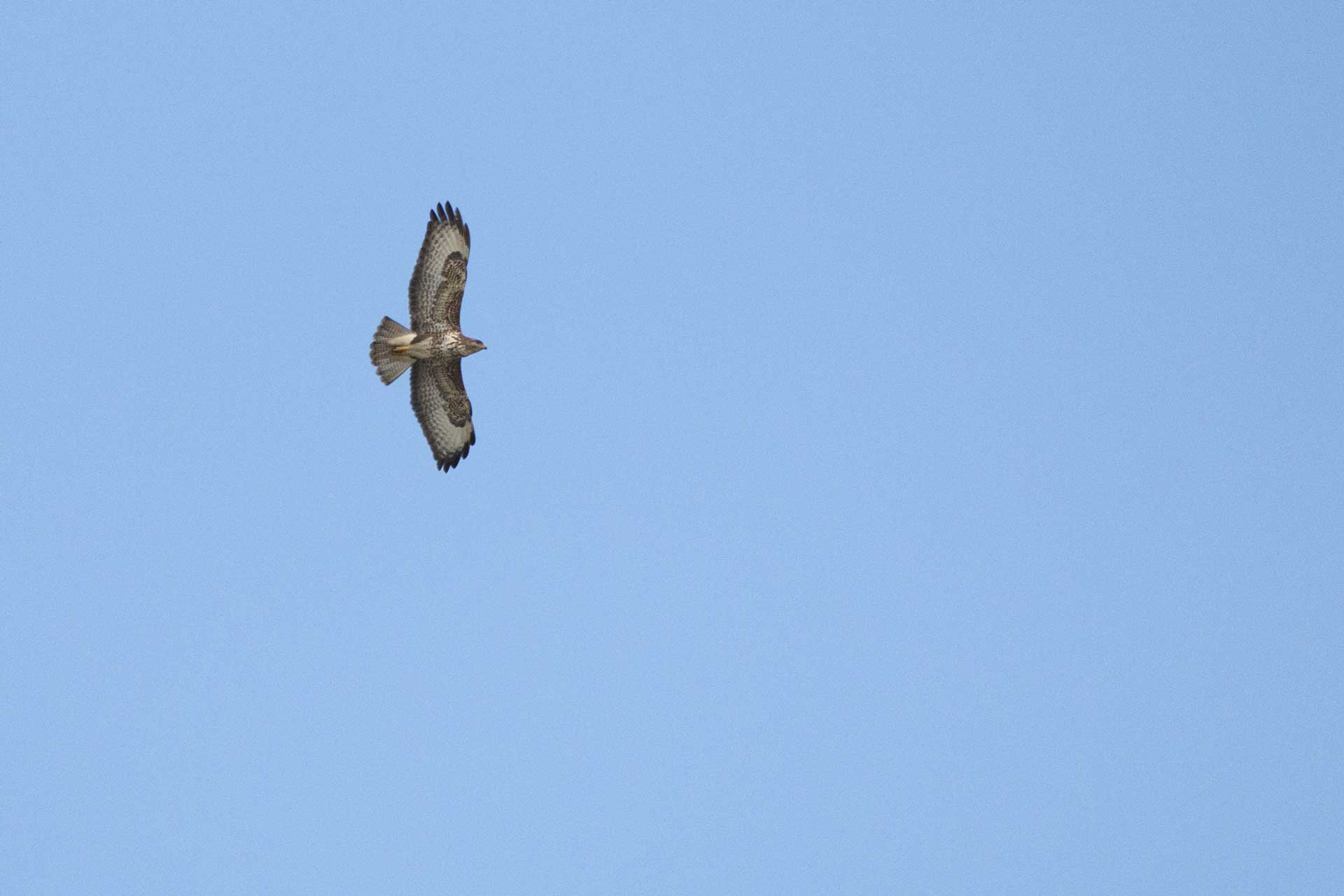
Common Stonechat.
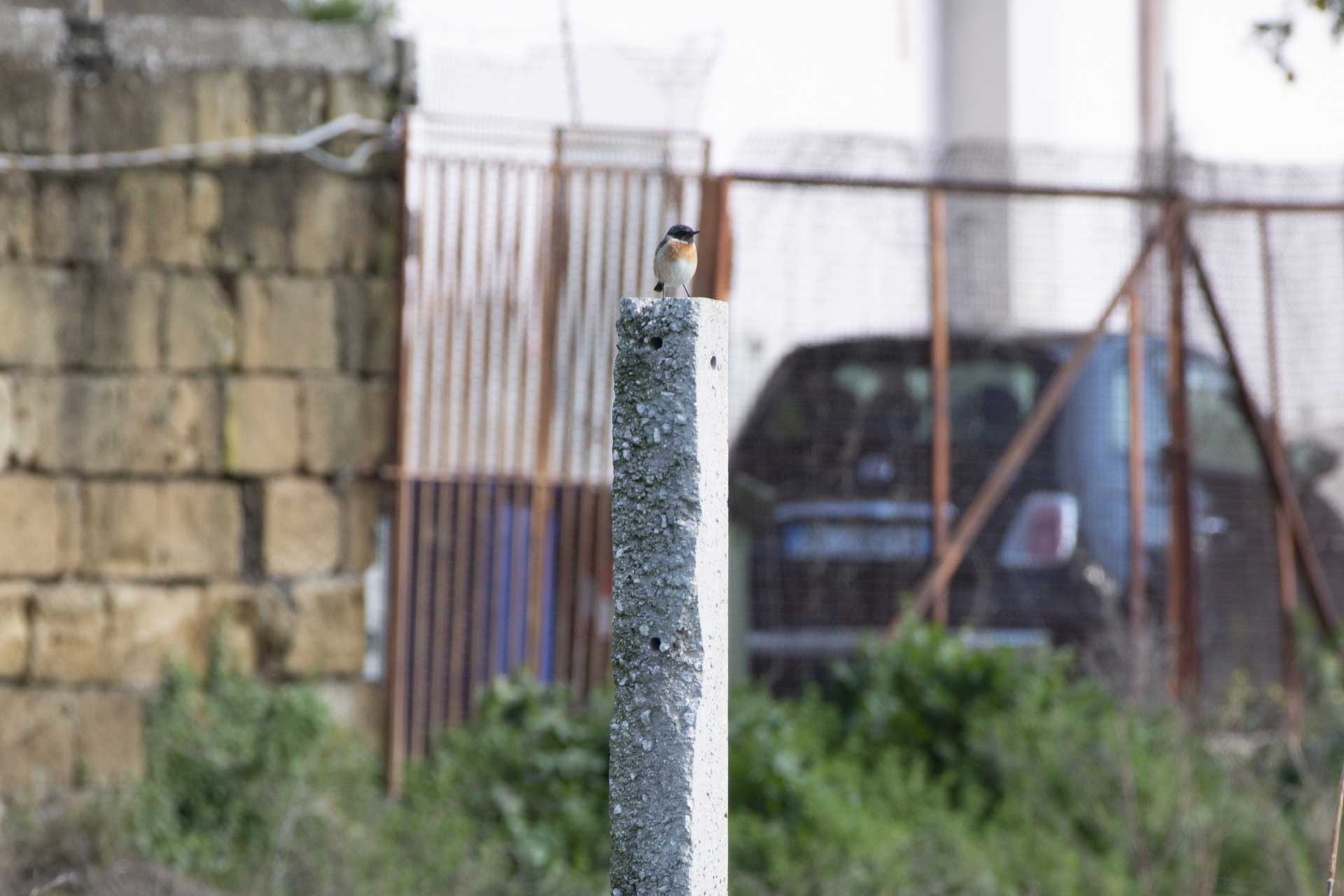
This territory is characterized by an alternation of very small wetlands, cultivated fields (terrible to think that those vegetables could end up on our tables) and lots and lots of garbage.
Despite all, it offer a suitable habitat for an interesting number of animals. We are sure that more in-depth inspections could give very interesting observations.
Dunnock.
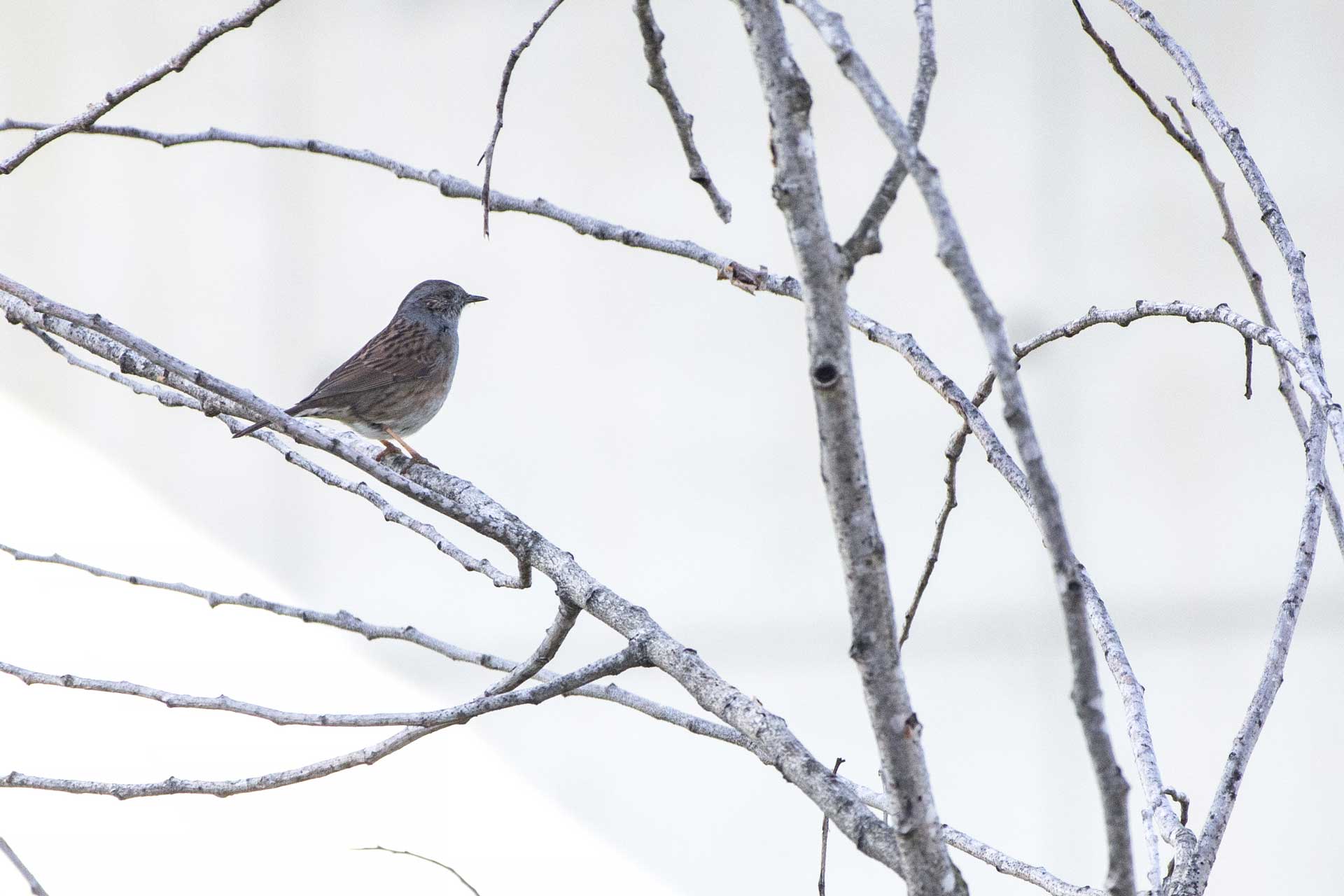
These areas, first of all for the quality of life of the people who reside there, must be appropriately and urgently reclaimed. In our opinion, given the enormous potential, enhancing them from a naturalistic point of view could represent an important, but easily achievable, added value.
If not now, when?
Common Kestrel.
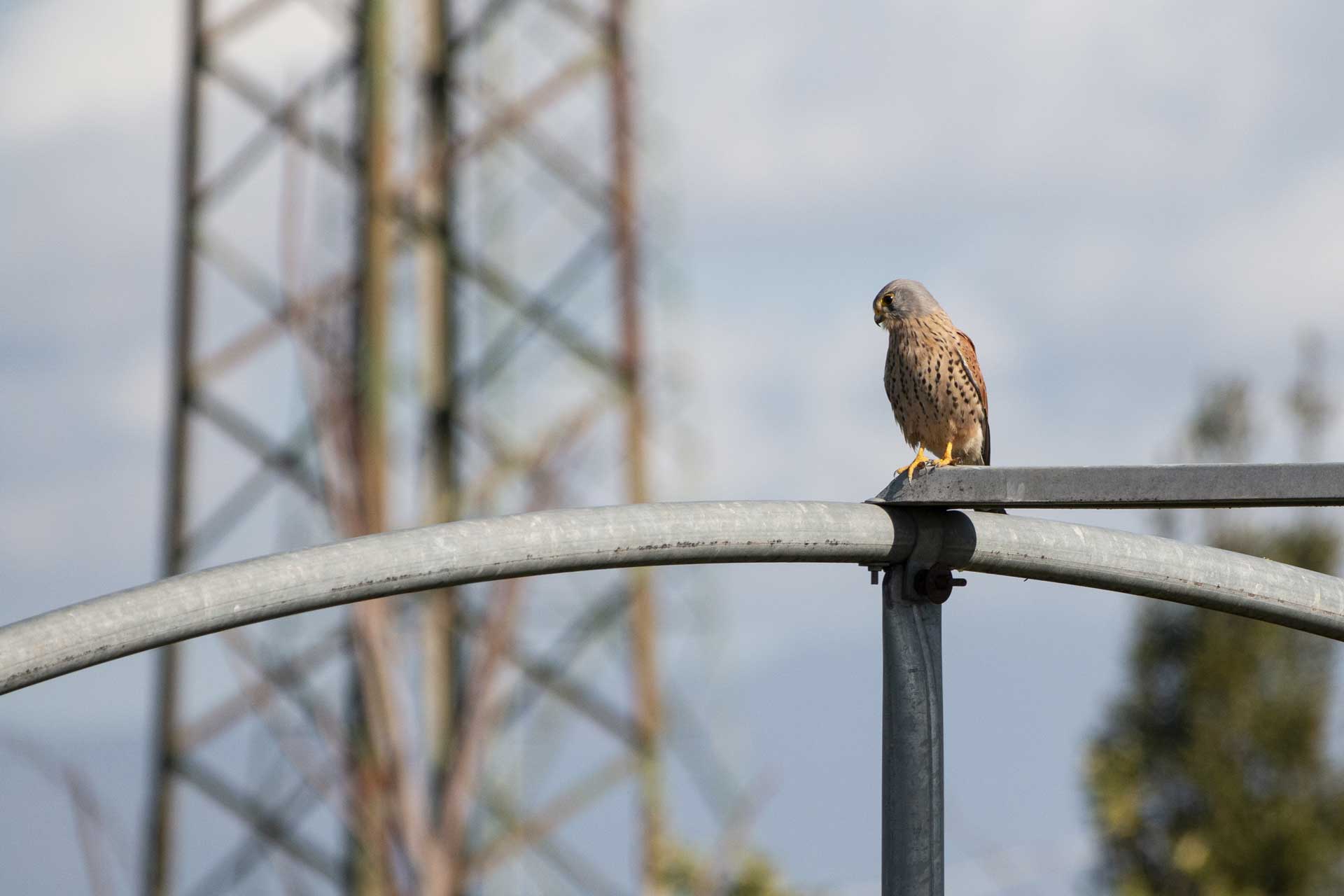
CHECKLIST
- Common Buzzard(Buteo buteo)
- Common Kestrel (Falco tinnunculus)
- Common Moorhen (Gallinula chloropus)
- Water Rail (Rallus aquaticus)
- Yellow-legged Gull (Larus michahellis)
- Feral Pigeon (Columba livia var. domestica)
- Wood Pigeon (Columba palumbus)
- Great Spotted Woodpecker (Dendrocopos major)
- White Wagtail (Motacilla alba)
- Grey Wagtail (Motacilla cinerea)
- Dunnock (Prunella modularis)
- Black Redstart (Phoenicurus ochruros)
- Common Stonechat (Saxicola torquatus)
- Cetti’s Warbler (Cettia cetti)
- Common Chiffchaff (Phylloscopus collybita)
- Great Tit (Parus major)
- Common Starling (Sturnus vulgaris)
- Eurasian Magpie (Pica pica)
- Hooded Crow (Corvus cornix)
- Italian Sparrow (Passer italiae)
- Eurasian Tree Sparrow (Passer montanus)
- European Greenfinch (Chloris chloris)